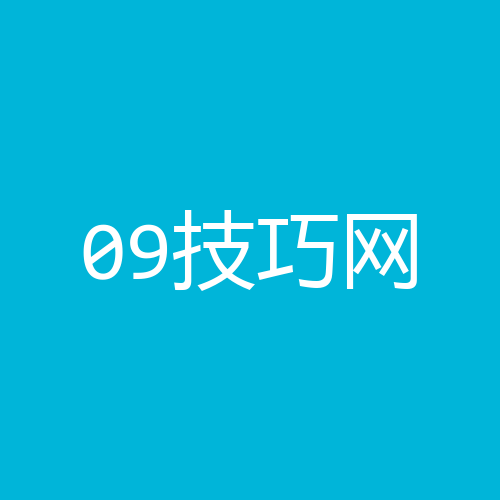学步儿童也爱iPhone
Just as adults have a hard time putting down their iPhones, so the device is now the Toy of Choice for many 1-, 2- and 3-year-olds. It’s a phenomenon that is attracting the attention of some childhood development specialists.
Natasha Sykes, a mother of two in Atlanta, remembers the first time her daughter, Kelsey, then barely 2 years old, held her husband’s iPhone. “She pressed the button and it lit up. I just remember her eyes. It was like ‘Whoa!’ ”
The parents were charmed by their daughter’s fascination. But then, said Ms. Sykes, “She got serious about the phone.”
Kelsey would ask for it. Then she’d cry for it. “It was like she’d always want the phone,” Ms. Sykes said.

Apple, the iPhone’s designer and manufacturer, has built its success on machines so simple andintuitive that even technologically befuddled adults can figure out how to work them, so it makes sense that sophisticated children would follow. Tap a picture on the screen and something happens. What could be more fun?
Many iPhone apps on the market are aimed directly at preschoolers, many of them labeled “educational,” such as Toddler Teasers: Shapes, which asks the child to tap a circle or square or triangle; and Pocket Zoo, which streams live video of animals at zoos around the world.
There are “flash cards” aimed at teaching children to read and spell, and a “Wheels on the Bus” app that sings the popular song in multiple languages. Then there’s the new iGo Potty app, with automated phone calls reminding toddlers that it’s time to “go.”
Along with fears about dropping and damage, however, many parents sharing iPhones with their young ones feel nagging guilt. They wonder whether it is indeed an educational tool, or a passive amusement like television.
The American Academy of Pediatrics has long advised parents not to let their children watch any TV until they are past their second birthday.
Jane M. Healy, an educational psychologist in Vail, Colo. said: “Any parent who thinks a spelling program is educational for that age is missing the whole idea of how the preschool brain grows.
What children need at that age is whole body movement, the manipulation of lots of objects and not some opaque technology. You’re not learning to read by lining up the letters in the word ‘cat.’ You’re learning to read by understanding language, by listening.
就像成年人很难做到不玩iPhone一样,如今iphone也成了许多一岁、两岁、三岁的幼童的首选玩具。这一现象正在引起一些儿童发展专家的注意。
住在亚特兰大的娜塔莎•赛克斯是两个孩子的母亲。她记得自己的女儿凯尔西才刚两岁大,就开始玩她丈夫的iPhone。“她按下了按钮,屏幕亮了起来。她的眼神我记得很清楚。好像在说‘哇哦!’”。
这对父母被女儿的痴迷吸引了。不过,赛克斯太太说从那以后“她开始对这个电话上瘾了”。
凯尔西会主动要iPhone。后来还会哭着闹着要。赛克斯太太说:“她好像老是要玩这个电话。”
这种简单又直观的小机器铸就了iPhone设计者和制造者苹果公司的成功,甚至连技术白痴型成年人都知道怎么使用它,所以如果早熟的孩子会用它也就不难理解。轻轻叩击屏幕上的一张图片,就会看到一些事情发生。还有什么会比这更有趣呢?
市场上的许多iPhone应用程序都是直接面向学前儿童的,许多程序都贴上了“教育”标签,例如“学步幼童趣味挑战题:形状”,这种程序让小孩点击圆圈、正方形或三角形;还有“袖珍动物园”,这种程序播放在世界各地的动物园录制的动物视频。
还有“闪卡”程序,目标是教孩子们阅读和拼写,以及“公车上的轮子”,这种程序用多种语言播放流行歌曲。此外还有最新的iGo Potty(我去用便盆)程序,有自动来电提醒学步儿童是时候去“方便”了。
然而,除了害怕孩子会把iPhone掉到地上摔坏之外,许多给孩子玩iPhone的父母还会一直有种内疚感。他们想知道这到底是教育工具,还是和电视一样的消极的娱乐活动。
长期以来,美国儿科学会一直建议父母们在孩子满两周岁之前不要让他们看任何电视节目。
科罗拉多州维尔镇的一位教育心理学家简•M•希里说:“任何认为拼写节目对这一年龄段儿童有教育意义的父母都是不懂学前儿童大脑是如何发育的。”
那个年龄段的小孩所需要的是全身的运动,能够把玩各种东西,而不是掌握一些难懂的技术。你不是通过排列单词cat里的字母来学习阅读,而是通过理解语言、通过听来学习阅读。
Vocabulary:
intuitive: easily understood or grasped by intuition(直观的)
nagging: continuing for a long time and difficult to cure or remove(纠缠不休的;难以摆脱的)
opaque: difficult to understand; not clear(难懂的;隐晦的)
小孩学步 学步儿童的年龄段 学步 儿童学步车 宝宝学步鞋 儿童学步鞋什么牌子好 儿童学步车哪种好 儿童 婴儿学步鞋怎么选版权声明
本文来自投稿,不代表本站立场,转载请注明出处。
